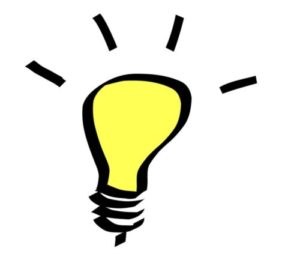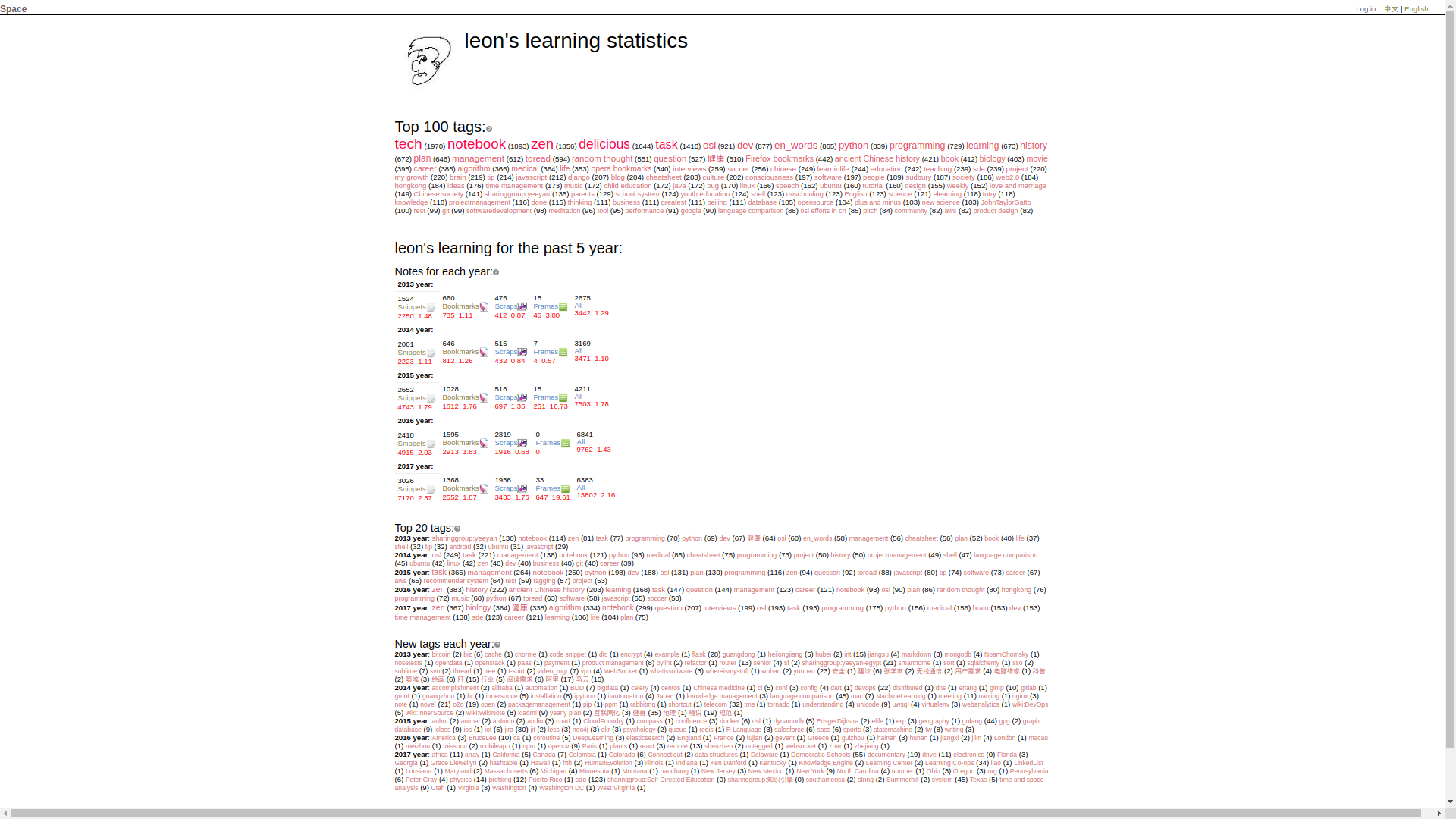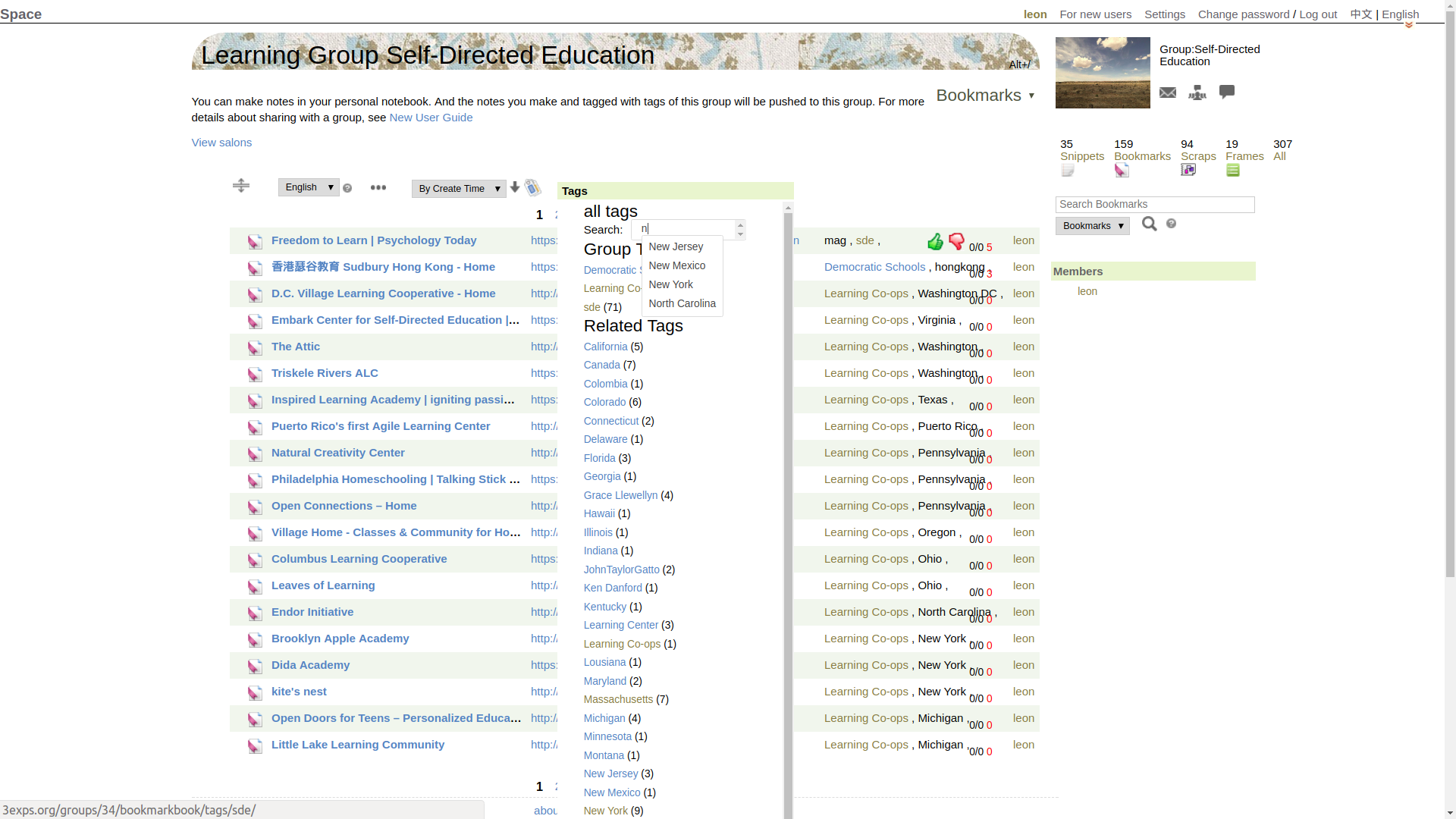中文版
Life Framework derives from my understanding of Christopher Alexander‘s works and my own long time zen practices. Through life centers and degree of life of the whole, we can apply Life Framework to various complex systems to understand life phenomena better, including organization management, society, learning, education, sports like soccer, and ourselves.
Originally there is only one pitch darkness and stillness. Then there is movement. As it moves faster, it splits into many parts, which we can call life centers as life is born from that splitting. Life centers forming life centers, and they compose and interact. In this life system, absolute and relative are manifested at the same time. Absolute is the absolute stillness. It is the thing that never changes. Relative is the relative dynamic evolving process. This process is the activity of living. Life is moving fast, however, the original complete stillness and equality are always here. So we have the phenomena of life, in which equality is manifested as diversity, perfection is manifested as limitation, absolute is manifested as relative. The same, impermanence is the only way for permanence to manifest itself and also have life. Or we can say heaven on earth, life manifests different forms. So even we are separate as life centers, we are not separated.
Play is center interacting with centers. A moving system relies on playing to keep its centers together. As life evolves, feel and consciousness are developed to sense the fun of playing. We can also sense the absolute, e.g. completeness, stillness, equality, permanence, and peacefulness. Life, as a dynamic process, is about playing. However, through true playing, we can also experiences our source, which is the original absolute. If we call play “plus”, then that source of absolute (completeness, stillness, equality, and peacefulness) is the “minus”, which we usually call “love”. We human beings can sense and get awed by the interplay of plus and minus, which we usually call “beauty”. So beauty is the child of play (plus) and love (minus). By being able to sense Play, Love, and Beauty, recognizing them as the peaceful life forces driving the development of life and thus consciously using them as the drives for our own lives, we can go beyond our biological instinct drives, namely survival and reproduction. We can also take such a perspective on human history to view its progress as increasingly being driven by the peaceful force of pursuing fun(play), love and beauty, and to view human history as a history of building a better playground.
So one’s life is about feeling and exploring life centers. In our terms, “life center” is equally the same as “space”. So you can also say one’s life is about feeling and exploring space. Through such feeling and exploring of space, we develop our sense of play, love and beauty. This we can call “art”. So human life is to engage in arts. If we can take this perspective, all our life activities can be coherent, and all our experiences can be put together. Whether you are interested in software programming, management, product design, or playing soccer, they are all arts of playing with life centers, and thus arts of space.
Thus in this interplay of plus and minus, we need to develop our consciousness about ownership and wholeness, and seeing them as a dynamic flowing process of plus and minus interplay, know where one is at a moment. We also need to understand when we know and when we don’t know, and how learning is a process to march from not knowing to knowing. e.g. from one foundation of unification of plus and minus to another foundation of unification of plus and minus, or from one foundation of absolute to another foundation of absolute. From life center perspective, we can also understand perfectly how the learning inside one person is the same as learning in an organization.
If we think humans are with intentions and goals, we can make it our goal to increase degree of life of the whole. Degree of life can be applied to evaluate and compare which systems have more lives. For example, maybe the Python programming language has more life than Java?
As each of us is only a tiny fraction of that whole and we are incomplete and limited, there is such desire to be complete again. Thus come learning and no-learning, choice, separate and connect, thinking and no thinking, feeling, focus… For all these, please read of How Life Framework applied to Learning.
The knowledge about Theory of Life Framework is built up based on my Significant Experiences using Knowledge Engine. For another example of how Knowledge Engine is used for building up knowledge, you can see my summary of my soccer/football experiences.
So above is roughly the content of Life Framework. I composed the article to include various structured knowledge from the Selflearning platform of OSL. I understand it can be very abstract and dry for people first reading it since I went straight to the topics. Below let me add a bit more context to ease the reading. But before that I want to add that you are supposed to click open those links to read them as the content from those links provide a lot more details. Some of them are raw experiences and not refined and polished as you would read in an essay. However, they represent the original Significant Experiences and it is unique of our Selflearning platform to allow people digging into raw experiences. OK, below is some context or background.
For those unfamiliar with Christopher Alexander, if you are programmers you should know design patterns. Design patterns are directly inspired by CA’s Pattern Languages. Even Object Oriented Programming was inspired by CA’s pattern language, although CA personally feel the software world didn’t truly understand his ideas and didn’t use the concept well.
I feel CA moved away from patterns to life centers in his books The Nature of Order. The reason? Maybe I can use Bruce Lee’s words to explain it.
Although Life Framework is just preliminary, I don’t wait to publish it. It is a very lonely process to ride alone, and thus it is good to get some early feedback. Furthermore, our world is moving much faster and more serious dangers looming around. So I feel it is better to share early and share more.
The Knowledge Frames included in this essay:



